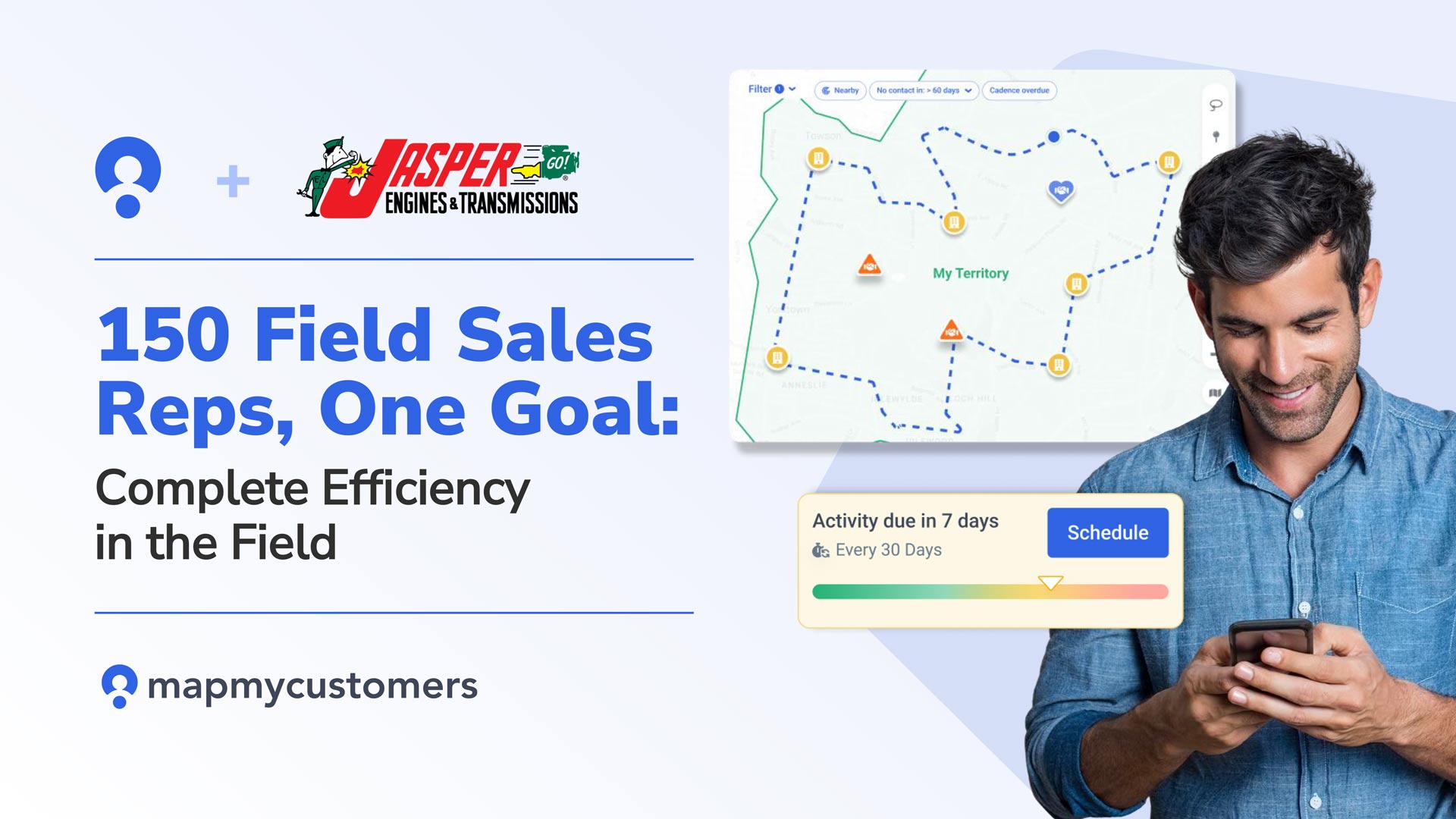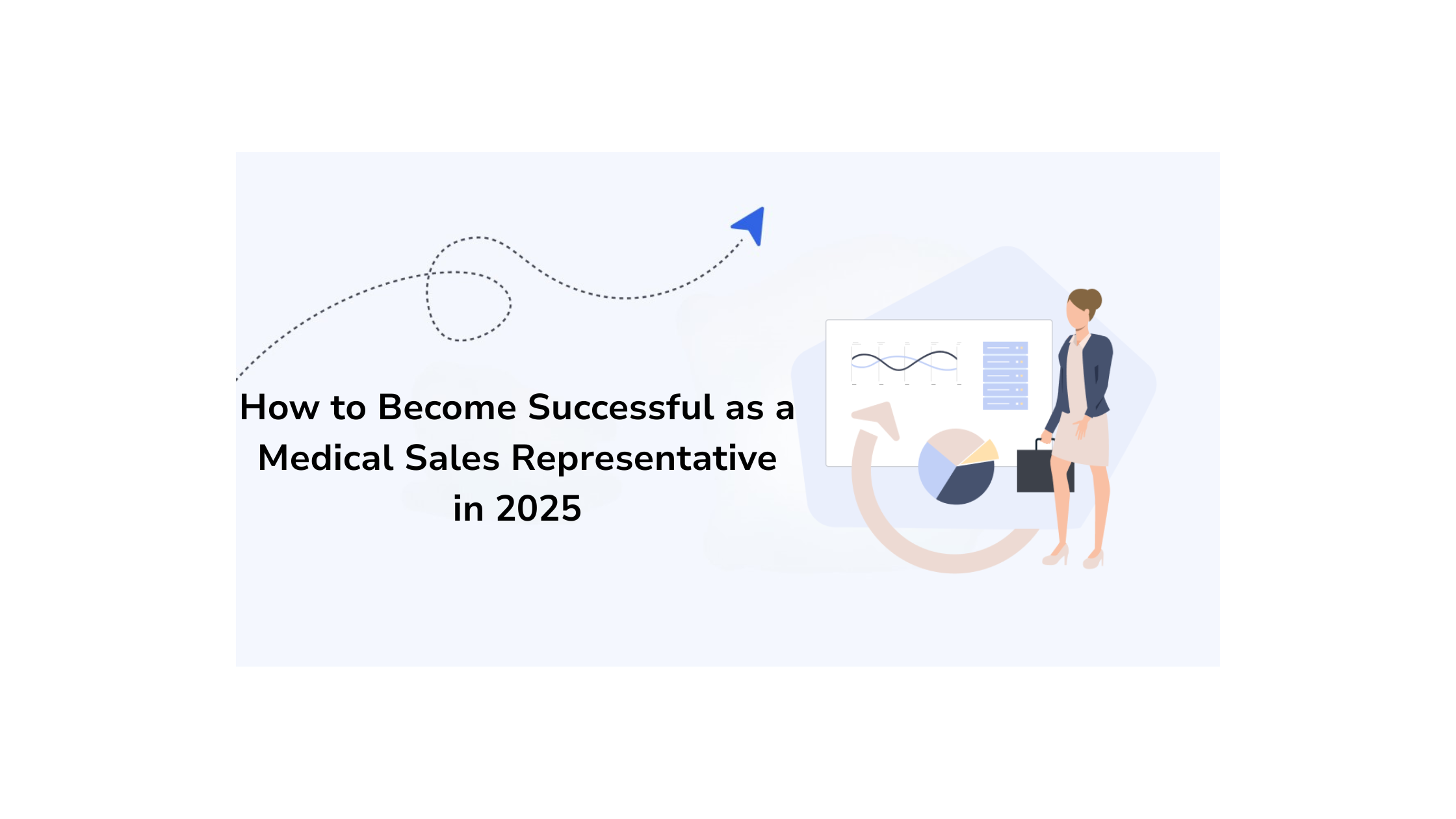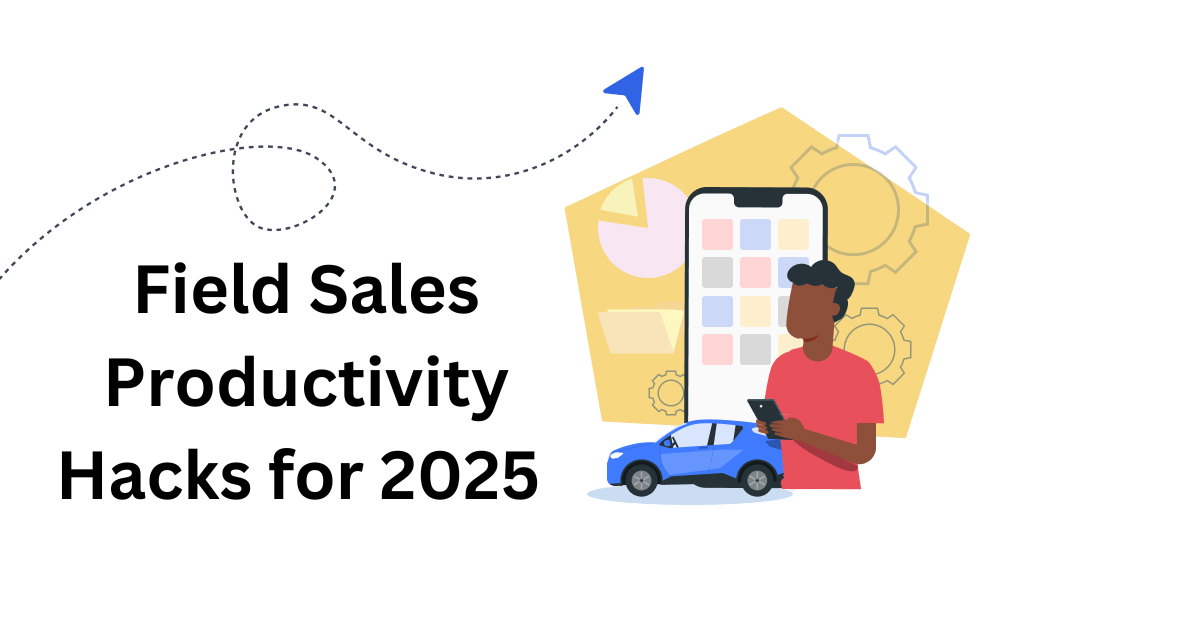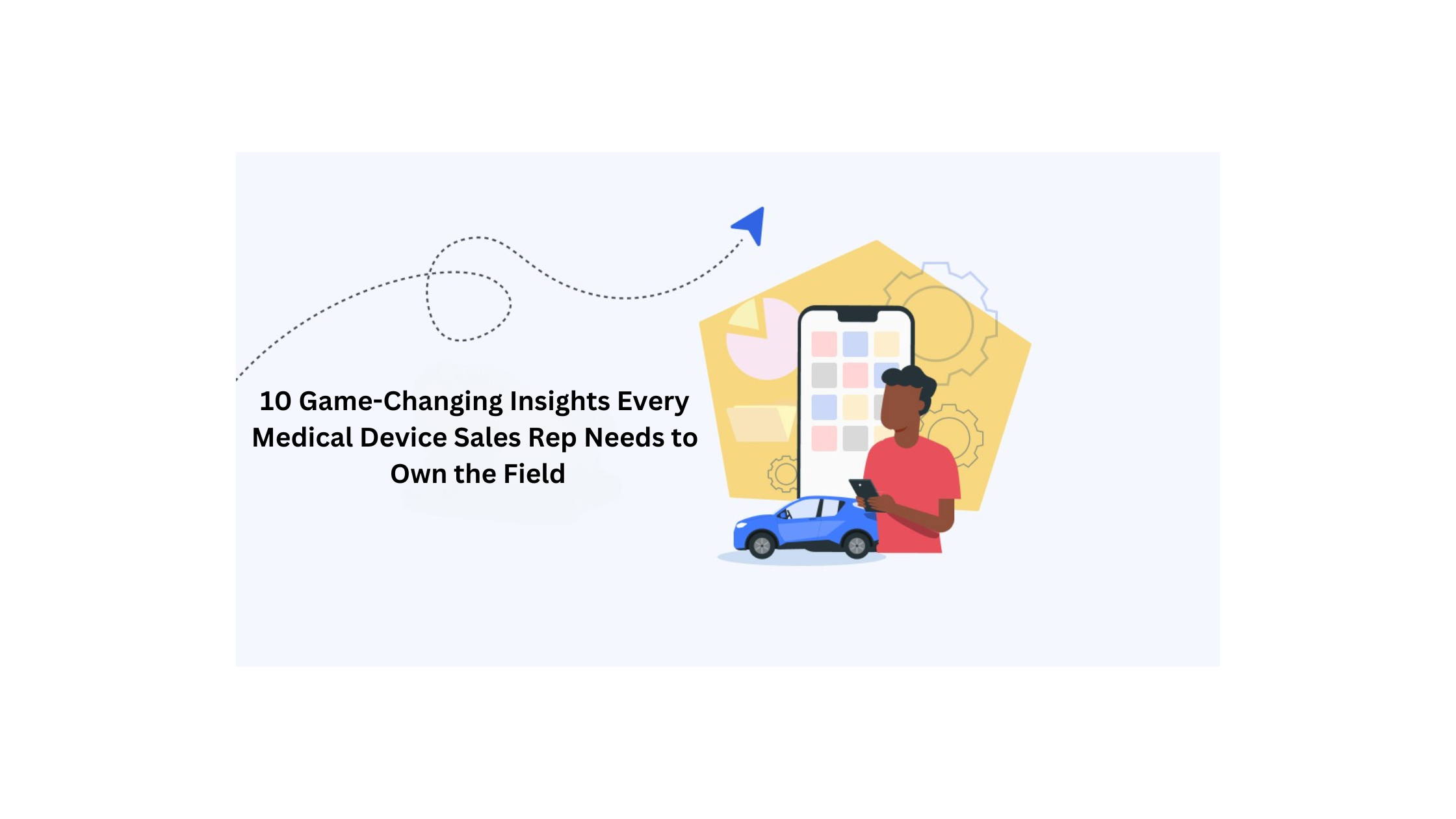Sales can be a lonely profession.
You get training, but in the end, most of it comes down to instinct and your ability to connect with prospects. The freedom is exhilarating, but it can also leave many sales reps confused about where to start and how best to sell to prospects.
Plus, the landscape of sales is changing drastically. Many sales reps are scrambling to find the best way to find and connect with prospects to reach their quota. As cold calling drops and social media starts to rise, salespeople have to rethink how they present and sell their products and services.
Ever see that sales rep that closes deal after deal in your company and wonder “what’s he/she doing differently than me?”
Well, wonder no longer.
We’ve compiled all of the sales statistics that you need to know to become a better salesperson. You can compare statistics as to why sales don’t close, and what separates the high performers from the low performing sales reps. We also dig into the top ways that sales reps find leads and how the best sales reps reach them.
Keep reading for the essential stats to help you find leads and sell.
Social Media Stats
Few things have changed modern life as quickly and completely as social media. It has simultaneously made us more connected on a global scale while isolating us at the same time. Social media also changed the way that everyone buys.
If you’re not using social media as a sales rep, you should be. As cold calling falls out of favor, social media has taken its place as the medium to reach out to prospects for the first time. Most clients start with their research online, and that’s where you can stand out from the competition to help prospects find your business.
Take a look at some of these stats on sales and social media.
1. 73% of the sales reps who use social selling as part of their sales process outperformed their sales peers and exceeded their quota 23% more often.
2. 90% of top-performing salespeople use social media as part of their sales strategy.
3. Sales reps with high social network activity achieve 45% more sales opportunities and are 51% more likely to hit their sales quotas.
4. According to Microsoft, 79% of sales reps hit their quota using social selling.
5. As a comparison, 46% of all sales reps missed their quota last year.
6. 77% of B2B buyers said they don’t speak with a salesperson until after they performed their independent research.
7. Beyond that, 94% of B2B buyers do at least some research online before making a purchase.
8. 87% of B2B buyers say they would have a favorable impression of someone introduced through their professional social networks.
9. On average, customers are 57% through the purchasing process before they engage a sales rep.
Sales Calls Stats
As social media becomes the entry point to finding customers, the nature of sales calls has changed. It continues to be an important aspect of sales, but it usually takes place as a warm lead.
Not to say that you can’t successfully navigate a cold call. Research has discovered the best way to navigate your phone calls to land that all-important sales meeting. From how long you take to get to your lead to the way you engage them and how many questions you should ask to the kinds of words you use, researchers have found all the factors that make your lead more likely to say yes.
Some things that stand out from the statistics? Sales reps need to be more persistent than ever. It takes more calls to land a sale than in times past, but the average rep gives up long before then. If you find that you’re not getting the response you’re looking for from your sales calls, you might have to give your leads a few more calls than you think you should.
Also, timing is everything. If you don’t call while a client is interested, they likely won’t pick up the phone when you get around to getting back to them.
Here are some of the stats you need to make sure that your phone calls are more productive than ever.
10. In 2007, it took 3.68 cold call attempts to reach a prospect. Today it takes eight attempts.
11. It takes an average of 18 calls to connect with a buyer.
12. However, the average sales manager makes no more than two call attempts to get a lead through a cold call.
13. Also, 44% of sales reps give up after one follow-up call.
14. Still, 41.2% of salespeople state that their phone is the most effective tool at their disposal.
15. A lead is 100 times more likely to get on the phone within 5 minutes of filling out a form online.
16. However, the same study above found that 37% of businesses responded within an hour, 16% within 1-24 hours, 24% took more than 24 hours, and 23% never responded at all. The average response time was 42 hours.
17. When it comes to the actual phone call, more than 50% of prospects want to see how your products work on the very first call.
18. Asking between 11-14 questions during a lead call will translate to 74% greater potential success.
19. The most successful salespeople use words that inspire confidence, such as “definitely” and “absolutely,” five times more than low performers.
20. A study of almost 100,000 sales calls found that successful sales reps talk for 54% of the call, versus 42% for less successful ones.
21. The same study found that the best opening line is “How have you been?” Even if you’ve never met or talked with the prospect before, it performed over 6x better than a baseline conversation.
Email Stats
Emails are another essential part of the sales rep’s job. Everybody uses it, so it’s a great way to reach a prospect. However, it’s also just as easy for them to send your email straight to the trash.
How you write your email will have an impact on whether you reach your intended target or if you’re just wasting your time typing away at your desk. When writing your email, aim for simple over fancy. Clear, easy-to-understand language performs better over high-level reading. Also, be sure to ask questions. Give them something to respond to make a more natural back-and-forth exchange.
Here’s what you need to know about emails that sell and why it’s an essential part of your sales strategy.
22. 8 in 10 prospects prefer communicating with reps over email. This matches perfectly with the 78% of sales reps that use it.
23. 20.9% of people check their emails more than five times a day.
24. The average open rate for emails is 21.73% for all industries.
25. Email is almost 40 times more effective for customer acquisition than traditional social media channels, like Facebook or Twitter.
26. 68% of Millennials state that they were influenced by promotional emails in their purchasing decision.
27. 35% of email recipients open an email based on the subject line alone.
28. Adding the word “New” to your subject line can increase open rates by 23%.
29. On the other hand, an all-caps subject line hurt the response rate by about 30%.
30. Emails with 1-3 questions get 50% more replies than emails without any questions.
31. A message written at a third-grade reading level is 36% more likely to get a reply than those written at a college level.
CRM Stats
Need a way to become more productive and boost your sales? CRM is the way to go.
There’s a reason 65% of companies adopted a CRM system within the first five years of starting their business: it works. Yet, there are still many sales reps that don’t know what it is or choose not to use it. This is where you can get ahead of the competition because CRM improves productivity and makes selling faster and easier.
Here are some more stats on how you can get in front of the competition by adopting a CRM system.
Source: G2
32. 18% of sales reps still don’t know what CRM is.
33. 40% of sales reps use informal methods to store their customer information, such as spreadsheets.
34. 50% of sales teams reported improved productivity with a CRM system.
35. 64.2% of companies using CRM rate it as “impactful” or “very impactful.”
36. 74% of users said their CRM gave them improved access to customer data.
37. Improved access is significant for sales. Accessible data shortens the sales cycle 8-14%.
Referral Stats
A lot about the sales process is changing, but one thing remains the same as years past: referrals is one of the best leads a salesperson can get. It is powerful for finding and keeping customers and improving your sales numbers.
It’s surprising, then, that sales reps skip over one of the most valuable parts of their job and fail to ask for referrals. Statistics show that customers are more than willing to provide them, but few actually do because they are never asked. Sales reps who follow up with their customers and ask for referrals do better than those who don’t.
This is what you need to know about referrals:
38. 47% of top performers ask for referrals consistently versus 26% of low performers.
39. 83% of customers state they’d be happy to provide a referral, but only 29% end up doing so.
40. People are 4 times more likely to buy when referred by a friend.
41. Referred leads convert 30% better than any other type of lead.
42. Referred customers are more loyal than other types of customers.
43. As a result, referred customers have a 16% higher lifetime value.
Statistics That Sell
The selling process doesn’t have to be a mystery. Although each salesperson is different and what may work for one won’t necessarily work for another, there are certain trends over high-performing sales reps over lower performers. By studying what they do, you can learn their tricks to sell even more. With the right knowledge and tools at your disposal, you can become a better and more efficient sales rep.
Use these sales statistics to become a better salesperson today!





